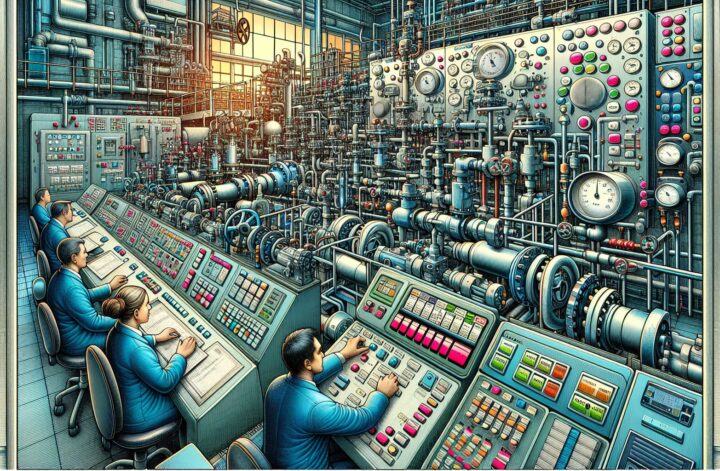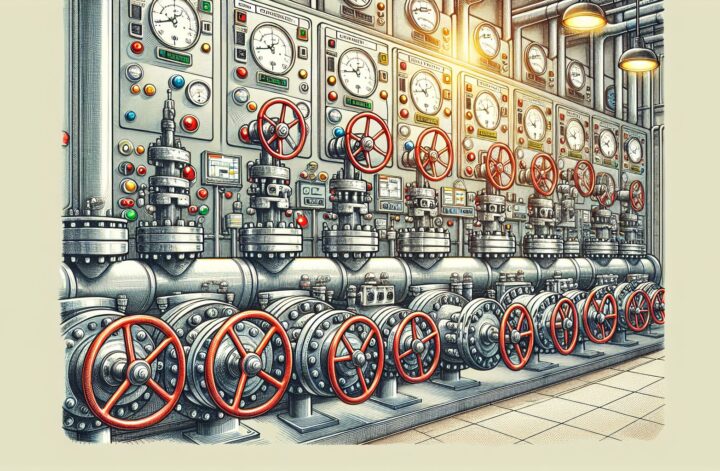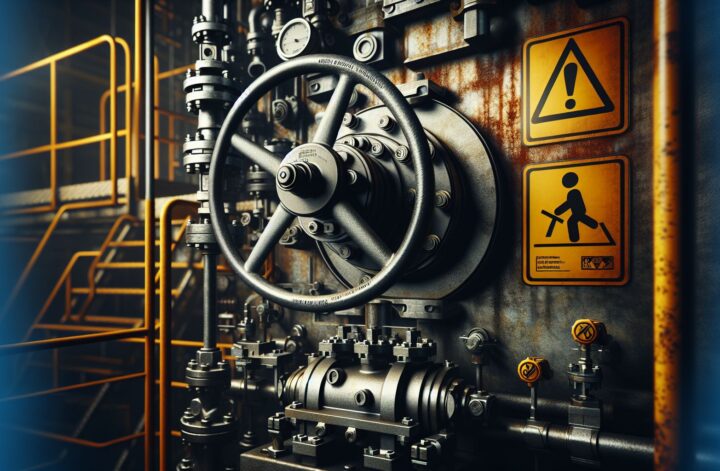In the world of industrial processes, automation has long ceased being a futuristic concept – it’s firmly the reality of the present. One area of production where automation had and continues to have a significant impact is valve control. Automation in this context provides a level of precision, efficiency, and reliability that far surpasses anything manual control could achieve.
Today, we’re going to delve into the world of valve control automation – exploring why it’s a necessity for many modern industries, how it actually works, and what the future might hold for this exciting field of industrial technology.
The Necessity of Automated Valve Control
The manual operation of valves in industrial processes is often an inefficient process and prone to human error. On top of this, the sheer complexity and scale of many industrial systems mean manual control simply isn’t feasible.
For instance, in sectors like oil and gas, water treatment, or power generation, control valves are an essential part of gigantic and intricate systems. These valves need to be able to adjust fluid flow rates with a high degree of accuracy, often in harsh or inaccessible environments.
Enter automation. Automated valve control systems use electronic or pneumatic devices to control valve opening and closing, often acting on signals relayed from a central control system. The automatic operation ensures precision, speed, and consistency in valve functioning, while minimizing the risk of errors or accidents[^1^].
The benefits of automation in valve control are substantial. It leads to increased efficiency by ensuring optimal valve operation, improved safety by reducing manual intervention, and significant cost savings.
The Workings of Valve Control Automation
Automated valve control systems typically involve components such as actuators, positioners, and controllers.
Actuators are the physical devices used to open or close the valves. They translate the control signal into mechanical action, and can be driven by different energy types, like electricity or air pressure.
Positioners are used to control the positioning of the valve. They receive signals from a controller and adjust the actuator’s movement to precisely position the valve.
Controllers are the ‘brain’ of the automation system. They receive information about process parameters like flow rate or pressure from sensors, and generate control signals to adjust the valve position[^2^].
The Future of Automated Valve Control
Valve control automation is a sphere that’s constantly evolving, courtesy of technological advancements. One major trend is the use of digital technology and Internet of Things (IoT) devices for valve control.
Digital valve controllers use sophisticated algorithms to control valve opening and closing, and can also monitor valve performance and detect potential issues. IoT devices, on the other hand, facilitate remote monitoring and control of valves, making it easier to manage large and complex systems.
Another promising development is the use of Artificial Intelligence (AI) and Machine Learning (ML) in automated valve control. These technologies can take valve control to the next level, by enabling predictive maintenance, real-time optimization, and adaptive control.
Wrap Up
From increasing the precision and efficiency of industrial processes, to improving safety and reducing costs, the benefits of valve control automation are immense. And with the advent of advanced technologies like IoT, AI, and ML, we can expect the capability and impact of valve control automation to only increase in the years to come.
As always, stay tuned for more insights into the world of industrial technology and automation!
[^1^]: Source: Savage, M. (2020). Understanding the Basics of Control Valves. AIChE: The Global Home of Chemical Engineers. Retrieved from https://www.aiche.org/resources/publications/cep/2020/march/understanding-basics-control-valves
[^2^]: Source: Valve World. (2018). A closer look inside a control valve. Retrieved from https://www.valve-world.net/news/84059/a-closer-look-inside-a-control-valve.html




